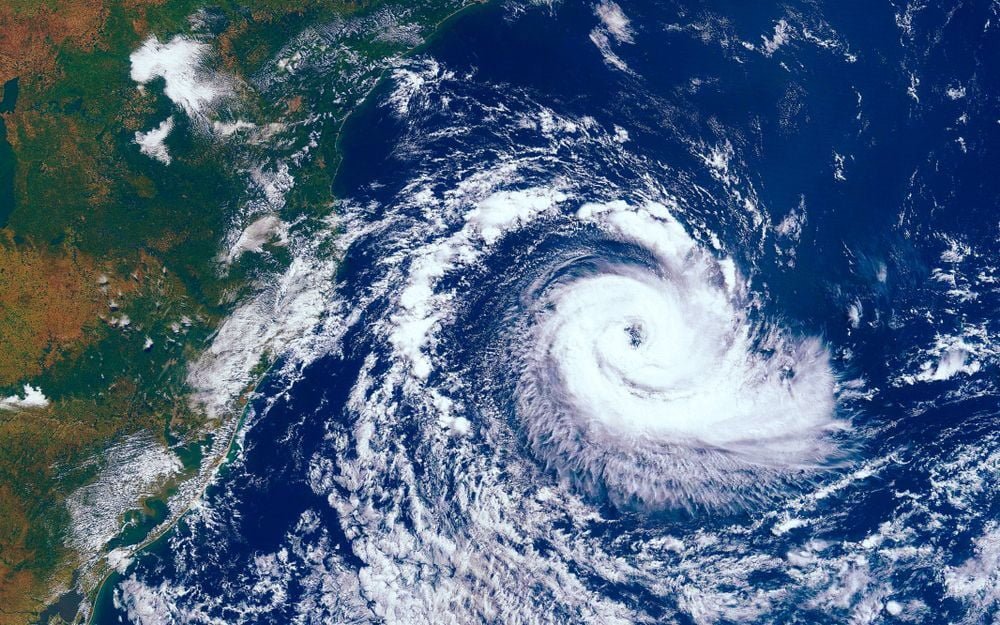Typhoons in Southeast Asia are forming closer to coastlines, intensifying more quickly, and persisting longer on land as a result of climate change, according to a joint scientific study published on Wednesday.
Coastal communities and cities such as Hai Phong in Vietnam and Bangkok, Thailand, are “facing unprecedented threats from longer-lasting and more intense storms,” according to a study statement.
According to the statement, researchers from Nanyang Technological University (NTU) in Singapore, Rowan University, and the University of Pennsylvania in the United States analyzed “more than 64,000 modelled historic and future storms from the 19th century through the end of the 21st century” to arrive at their findings.
The study “highlights significant changes in tropical cyclone behaviours in Southeast Asia” and was published in the peer-reviewed Nature partner publication Climate and Atmospheric Science.
According to the statement, the changes include “increased formation near coastlines and slower movement over land, which could pose new risks to the region”.
It also stated that climate change, which has led ocean waters to warm, can alter the courses of tropical storms in the region, which is home to over 650 million people.
“Our study shows that as cyclones travel across warmer oceans due to climate change, they pull in more water vapour and heat,” said Benjamin Horton, director of NTU’s Earth Observatory in Singapore and co-author of the paper.
“That means stronger wind, heavier rainfall, and more flooding when the typhoons hit land.”
According to lead author Andra Garner of Rowan University’s School of Earth and Environment, individuals who live along the region’s highly populated beaches are the most at risk.
“There were two takeaways: First, we should be acting to reduce emissions, so we can curb the impacts of future storms,” Andra replied.
“Second, we should be acting now to protect those coastlines for the future, which will likely see some worsened tropical cyclone impacts regardless of future emissions.”
Typhoon Gaemi caused catastrophic flooding in Manila, the Philippine capital, and sections of Kaohsiung, Taiwan, just last week.
It was the strongest typhoon to hit Taiwan in eight years, killing at least five people and injuring hundreds.
In the Philippines, it worsened seasonal rains, resulting in flooding and landslides that killed at least thirty people.




